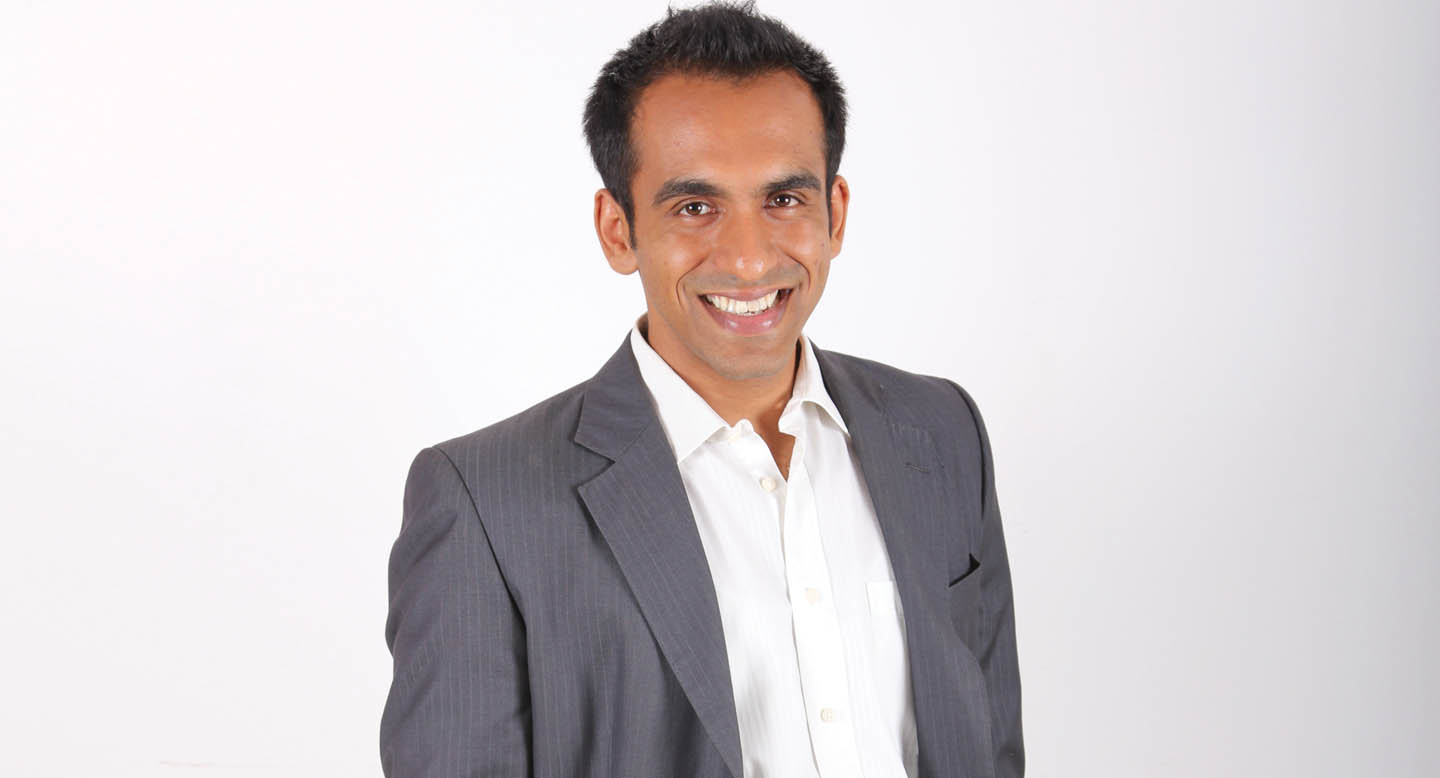CreditVidya was initially founded to use traditional and alternate credit insights from 10,000+ data points of each customer (borrower), to arrive at a credit score for lenders, typically banks & NBFCs, to base their decisions on. In the near future, it aims to extend its proprietary technology to serve other verticals such as e-wallets, insurance companies and ecommerce firms.

When arriving at a differentiating factor for his venture, CreditVidya, Abhishek Agarwal rests on a term he calls the ‘credit invisible’; meaning, those individuals who have the ability and the intent to pay (back a loan), but have not been formally recognized by a credit bureau such as CIBIL. While these numbers range around 350 million, the target for CreditVidya is more specifically the Indian youth who fall within an income bracket of Rs. 2 lakh to Rs. 9 lakh. “This comprises about 20 per cent of the Indian population. Many banks and NBFCs are reluctant to lend to them because they don’t have a credit score,” he points out.
Today, with an increasing penetration of smart phones and Internet, when a customer pays bills or purchases online, he/she leaves a digital footprint, which acts as a data point to analyse and assess their credit worthiness.
It’s on this premise too that Agarwal and his co-founder Rajiv Raj rolled out CreditVidya in 2013.
The Business Model
Headquartered in Mumbai with a branch in Ahmedabad, CreditVidya today helps lenders arrive at a credit score for their potential borrowers. What makes it unique is, instead of investing in sourcing a customer (borrower) to rate, they work with banks & NBFCs to provide credit ratings to potential borrowers, thus earning revenues per rating request (from the client’s end).
So how does its proprietary technology work? It uses a combination of traditional and alternate data, with latter comprising behavioral, transactional, location-based and social information (to name a few), to assess a borrower. “Today, with an increasing penetration of smart phones and Internet, when a customer pays bills or purchases online, he/she leaves a digital footprint, which acts as a data point to analyse and assess their credit worthiness,” adds Agarwal. While there are multiple parameters, depending on the nature of loan a borrower seeks, for a given individual, CreditVidya collects 10,000+ variables on each customer, with consistency of information being the key.
The Scale-Up Journey
While adopting of a relatively new, unfamiliar technology proved to be a challenge for CreditVidya’s potential customers, one aspect that helped it gain mileage in the initial days was bringing a reputable client such as Fulletron India on board, which, Agarwal adds, acted as an enabler to sign more clients on to the platform. “Of course, now, since both Raj and I have done extensive networking in the industry, approaching clients is less of a challenge. Hiring Vipul Jain (who has earlier worked in business development roles with Equifax & Credit Bureau of India) also helped on this front,” shares Agarwal.
A second challenge the company faced and continues to, is identifying talent, especially for analytics roles. “We’re talking machine learning, financial data crunching, non-traditional data identification. I don’t think people from traditional banking institutions can take up this role. We need someone who can think out of the box, especially in identifying alternate data,” he opines. Agarwal claims that the team is tackling this by keeping its sights set on reputed institutes such as the IITs.
Currently, it works with a 50-member team, a large share of who work on the data front. With its recent Series A funding of US $2 million from Kalaari (with additional funding from earlier investor, Siddharth Parekh of Paragon Ventures and key employees of CreditVidya), the company plans to take its employee count to 70 by end of this fiscal year. “In terms of revenues, we’ve grown 400 percent last year, and we became cash flow positive during the same period,” notes he.
The Future Game Plan
While the immediate goal for CreditVidya is to score one million customers by end of fiscal year, in the longer run, it aims to score 100 million customers in five years, by further expanding its credit rating services to other verticals such as insurance, e-wallet and ecommerce, to name a few. “When you apply for a job or insurance in the US, having a credit score is mandatory. Back in India, given the pace at which the country is adapting to newer technologies, there will soon be a time when the demand for alternate data will increase and credit score will become a mandate for many verticals. That’s the opportunity we want to capitalize on, starting now,” concludes Agarwal.
Snapshot
Founders: Abhishek Agarwal and Rajiv Raj
Year: 2013
City: Mumbai
Concept: The company helps lenders arrive at a credit score using alternate date for their potential borrowers
Investors: Siddharth Parekh (Paragon Ventures), Kalaari Capital, Munish Mehta (Silicon Valley-based investor)
Clients: Fulletron India, Shriram Capital, Tata Capial, Capital First, Bajaj Finserv
Employees: 50
Offices: Mumbai, Ahmedabad




